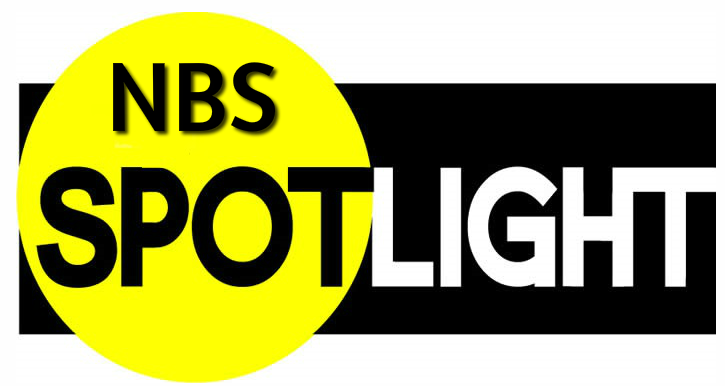 Keith Lusher
Keith Lusher The Army Corps of Engineers expects to begin closing the spillway north of New Orleans the third week of July. This year has been a record setting spring for the Bonnet Carre’ Spillway as it’s the first time in history that it’s been opened twice in one year.
The effects are being seen as Lake Pontchartrain anglers have all but given up on trying to catch anything in the Lake in late June. Even the go-to fishing spots in Lake Borgne and Lake Catherine have been impacted as the muddy Mississippi River reduced salinity readings to 1.0 PPT (parts per thousand).
In recent years we’ve seen the area bounce back relatively quickly as strong southeast winds push clean salt water from the Gulf of Mexico into Lake Borgne. It wouldn’t be uncommon to hear reports of speckled trout being caught as far west as the Causeway just 2 months after a closing.
That was then and this is now. The MODIS map that NASA updates daily shows just how far the muddy water has intruded into what is normally clean salt water. Muddy water can be seen into the Chandeleur Sound. This is the water that is key to flushing Lake Pontchartrain and Borgne during a normal summer subsequent a spillway opening.
Harry Banchet is a Marine Biologist for the Louisiana Department of Wildlife and Fisheries and says the one thing that concerns him is the mortality rate of oysters east of the Mississippi River. “A month ago the mortality rate for oysters wasn’t bad because the water temperatures weren’t very hot. Now with the hotter temperatures here and the freshwater still in the area, we’re starting to see extensive mortality with oysters,” The biologist says. Blanchet notes that oysters are the perfect indicator to monitor water conditions. “All other species can move away from the freshwater but oysters can’t move so if the water conditions are poor for an extended period of time, they die,” he says.
Andy Jones of Wicked Charters operates in Lake Pontchartrain and has seen numerous spillway openings throughout the years. Jones says we may have to wait a little longer than normal to see things back to normal in the lake. “What we’re seeing is unprecedented in the history. We’ve never seen the spillway opened twice in one year and it’s never been opened for as long as we’ve seen this past few months,” Jones says. In years past Lake Pontchartrain anglers have depended on strong southeast winds associated with a tropical storm to hasten the recovery but Jones says it might take a little more than that. “Everybody says we need a good storm to flush everything out, but to be honest, I don’t know what it’s going to take this time. With the closing of the MRGO and the dynamics of the lake now, we may have a tough battle ahead of us,” he says.
The effects are being seen as Lake Pontchartrain anglers have all but given up on trying to catch anything in the Lake in late June. Even the go-to fishing spots in Lake Borgne and Lake Catherine have been impacted as the muddy Mississippi River reduced salinity readings to 1.0 PPT (parts per thousand).
In recent years we’ve seen the area bounce back relatively quickly as strong southeast winds push clean salt water from the Gulf of Mexico into Lake Borgne. It wouldn’t be uncommon to hear reports of speckled trout being caught as far west as the Causeway just 2 months after a closing.
That was then and this is now. The MODIS map that NASA updates daily shows just how far the muddy water has intruded into what is normally clean salt water. Muddy water can be seen into the Chandeleur Sound. This is the water that is key to flushing Lake Pontchartrain and Borgne during a normal summer subsequent a spillway opening.
Harry Banchet is a Marine Biologist for the Louisiana Department of Wildlife and Fisheries and says the one thing that concerns him is the mortality rate of oysters east of the Mississippi River. “A month ago the mortality rate for oysters wasn’t bad because the water temperatures weren’t very hot. Now with the hotter temperatures here and the freshwater still in the area, we’re starting to see extensive mortality with oysters,” The biologist says. Blanchet notes that oysters are the perfect indicator to monitor water conditions. “All other species can move away from the freshwater but oysters can’t move so if the water conditions are poor for an extended period of time, they die,” he says.
Andy Jones of Wicked Charters operates in Lake Pontchartrain and has seen numerous spillway openings throughout the years. Jones says we may have to wait a little longer than normal to see things back to normal in the lake. “What we’re seeing is unprecedented in the history. We’ve never seen the spillway opened twice in one year and it’s never been opened for as long as we’ve seen this past few months,” Jones says. In years past Lake Pontchartrain anglers have depended on strong southeast winds associated with a tropical storm to hasten the recovery but Jones says it might take a little more than that. “Everybody says we need a good storm to flush everything out, but to be honest, I don’t know what it’s going to take this time. With the closing of the MRGO and the dynamics of the lake now, we may have a tough battle ahead of us,” he says.





